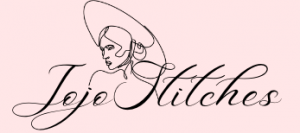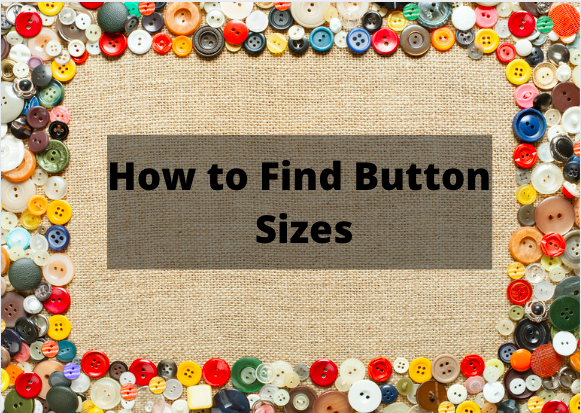How to Find Button Sizes
Whether you’re in the market for new clothing or you just want to refresh your old wardrobe, there are several ways to find the right size button.
In this article, we’ll review the different button types, how to find a chart to determine your button size and more. Using a button size chart will help you buy the right kind of button for any type of clothing.
Whether you’re looking to make a small change in your wardrobe or are in need of an extra pair of pants, this guide will provide you with all the information you need to find a great pair of jeans, a blouse, or any other type of clothing accessory, a chart of button sizes is crucial.
Button size chart
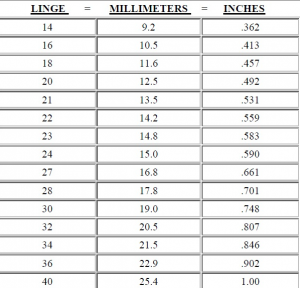
Firstly, a size chart for buttons will allow you to determine the right button size for your garment. Buttons are measured in Ligne, which is a unit of measurement that dates back to the 9th century.
One Ligne is equivalent to 1/40 inch. You should also look at the chart that is attached to this article to help you determine the correct button diameter. Using a button size chart is essential for the safe handling and installation of buttons, as well as for making custom button garments.
There are many different types of buttons, and in order to get the right one, it is helpful to understand their measurements before you buy.
For example, a 30 ligne button measures about 3/4 of an inch in diameter while a 45-liner button measures about an inch and a half. There are many different materials used to make buttons, including ABS plated, fabric-covered, and brass.
You should also take into account that you can find buttons made from coconut shell, animal bone, and wood.
Clothes buttton types
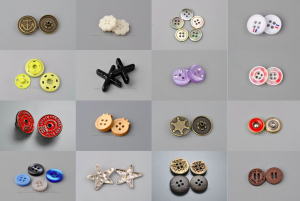
Buttons are an important part of the fabric of a garment. They can be of different materials, depending on their purpose. Metal buttons are often used for trousers and denim shirts.
Metal buttons come in many different shapes and sizes, from smooth to textured to ridged. They can also be imprinted with different designs. Wood buttons, on the other hand, are largely used on women’s clothing, but they can also come in different shapes, including octagonal and oval.
If you’re sewing your own clothes, you’ll likely use several different types of buttons, and it is important to consider the type of material. Some buttons are purely decorative, while others are used to fasten the waistband of denim pants.
If you’re working with thicker fabrics, you’ll want to use a heavier button. But make sure you carefully examine the material before you purchase any buttons. Not only will they affect the look of the fabric, but they will also affect the durability and weight of the garment.
Shirt button size chart
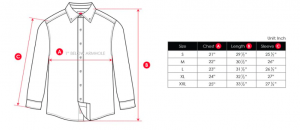
Shirt buttons come in a wide variety of sizes. For example, a placket button can be up to 9mm in diameter. So how do you know what button size to buy? The following guide outlines the standard button sizes for shirts and provides information on how to determine their size.
This will allow you to choose the right button for your shirt and avoid any unnecessary alterations. Using a button size chart will help you find the perfect fit, whether you’re buying a new button or just a replacement.
Buttons are measured in the traditional French unit, the ligne, which dates back to the 9th century. In the UK, the button size chart lists these measurements in inches and millimeters and includes information on button diameters.
Button size is especially important in the UK, where the practice of button-making has been revived through new technology and traditional techniques.
The company also uses heritage patterns and uses environmentally-friendly materials. Shirt buttons are often found on shirts that are more than a hundred years old.
Button sizes in mm

If you’re looking to make a button, you may be wondering how to measure the diameter of a button. In the French language, the word ligne means “line.”
In the metric system, a line equals 1/40 of an inch. However, the English language has not adopted this measurement yet. Until then, button sizes were defined using the traditional French measurement, the ligne.
Today, the length of a button is measured in millimeters.
However, sizing buttons can be tricky, especially when buying them online or at a retail store. Luckily, there are some common measurements that manufacturers and retailers use. In the picture above are the measurements of some common sizes of buttons:
Button sizes in inches
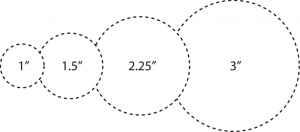
Button sizes are measured in inches. The French unit for button size is the ligne. A ligne is a liner unit equal to one-fourth of an inch.
Button-makers, dressmakers, hat-makers, and artists measure their products in lignes. A liner is equivalent to 14 mm or 3/4 of an inch. This makes a 30 ligne button approximately 3/4″ in diameter. However, these measurements are not exact.
Buttons are commonly sized in metric and imperial measurements. You can find a chart that lists these measurements and the equivalents in inches and millimetres.
The chart below explains the differences between the two measurements and offers links to printable versions. The size chart below shows the most common measurements for buttons in inches and millimeters.
You can also convert from metric to imperial measurements and vice versa.
Conclusion
We appreciate you taking the time to read!
Finally, we hope you found this article interesting? And what do you think about ”How to Find Button Sizes”How to Find Button Sizes
Please feel free to share your thoughts with us in the box below.
Check the facts
With accuracy and impartiality, we endeavour to deliver the most up-to-date essential information for fashion enthusiasts.
Please contact us if you would like to contribute to this article or advertise with us.
And let us know if you notice something that isn’t quite right.
